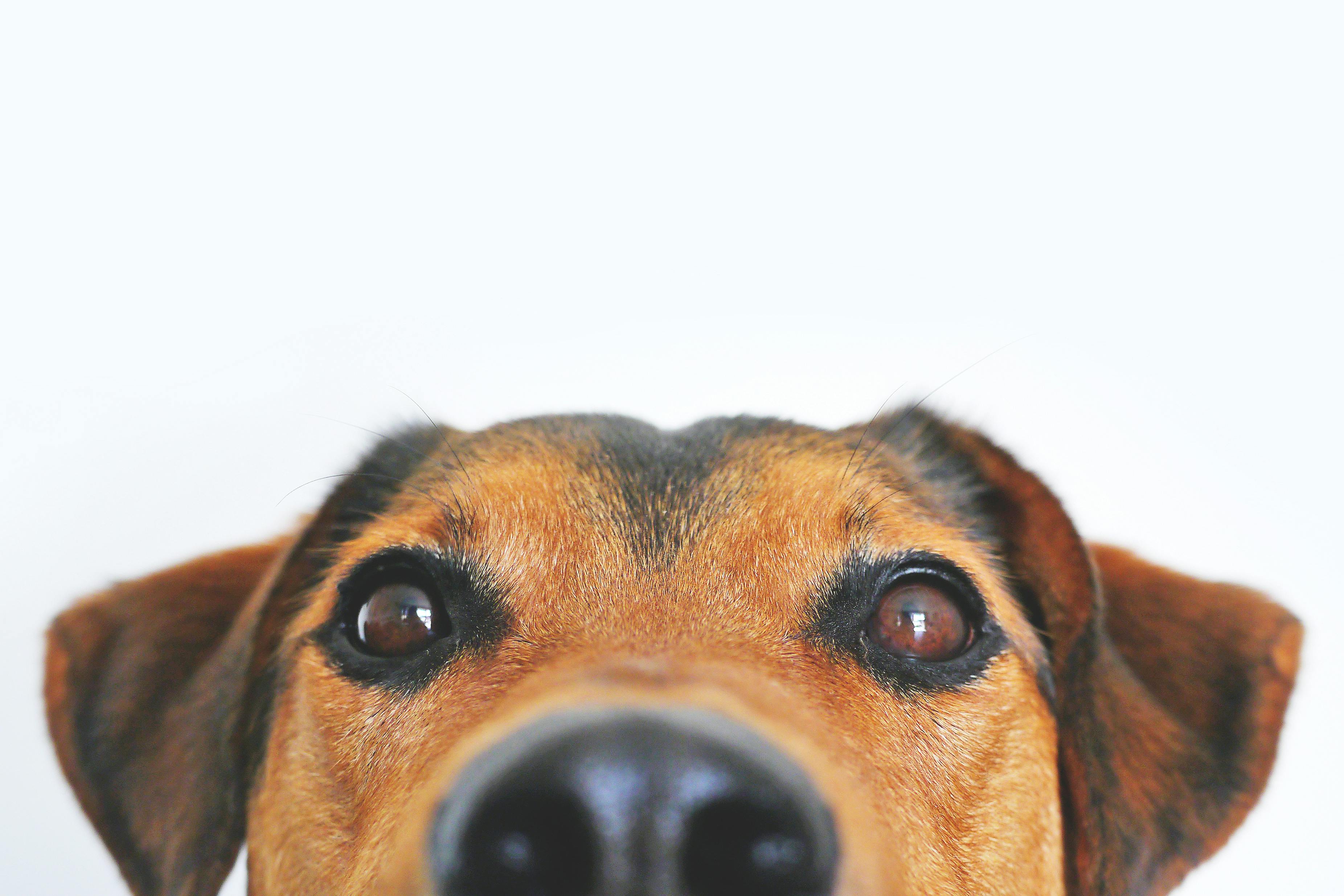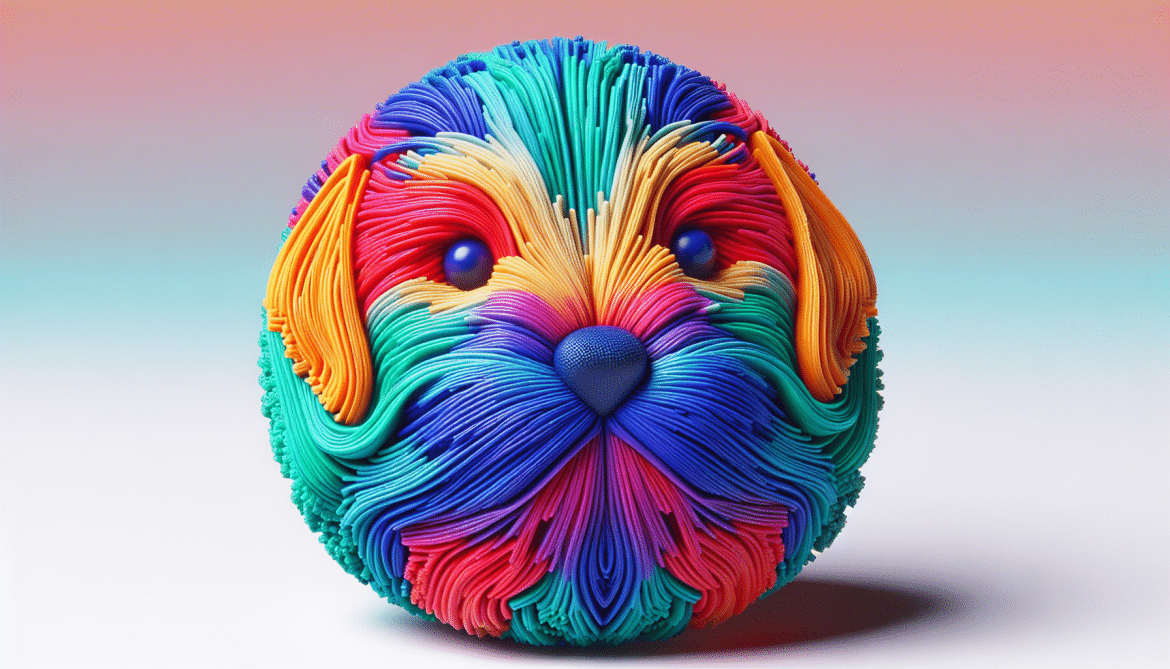If you've recently welcomed a new furry addition to your family in the form of a cute and playful puppy, you may be facing the challenge of managing their teething and chewing behavior. As puppies go through the teething stage, they naturally feel the need to chew on things to relieve their discomfort. While this behavior is completely normal, it can wreak havoc on your furniture, shoes, and other household items. Luckily, there are some helpful tips and techniques you can employ to redirect their chewing urges and save your belongings from destruction. By following these tips for managing puppy teething and chewing, you can help your little ball of fur navigate this phase and ensure a harmonious coexistence in your home.
Understanding Puppy Teething
What is puppy teething?
When puppies are born, they do not have any teeth. However, as they grow, they start to develop a set of baby teeth, also known as deciduous teeth. Puppy teething is the process when these baby teeth start to fall out and are replaced by the permanent teeth. This is a normal and necessary part of a puppy's development.
When does puppy teething occur?
Puppy teething typically begins around 3 to 4 months of age and can last until the puppy is 6 to 8 months old. However, the exact timing may vary between individual puppies. It is important to remember that every puppy is different, and some may start teething earlier or later than others.
Signs of puppy teething
During the teething process, puppies may experience discomfort and exhibit certain behaviors. Some common signs of puppy teething include increased chewing, drooling, swollen or inflamed gums, loss of appetite, and irritability. It is important to be understanding and patient during this phase as these behaviors are normal and temporary.
Duration of puppy teething
The duration of puppy teething can vary from puppy to puppy, but it typically lasts for a couple of months. The process consists of two stages: the eruption stage and the replacement stage. During the eruption stage, the baby teeth start to fall out, and the permanent teeth begin to come in. In the replacement stage, the permanent teeth continue to grow and settle into their proper positions in the mouth.
Providing Appropriate Chew Toys
Choosing the right chew toys
It is important to provide your puppy with appropriate chew toys to help alleviate discomfort during the teething process. Look for chew toys that are specifically designed for puppies and are made of soft rubber or nylon materials. These toys should be durable enough to withstand the chewing but soft enough to be gentle on your puppy's gums.
Avoiding inappropriate chew toys
While it is important to provide chew toys, it is equally important to avoid giving your puppy inappropriate items to chew on. Avoid giving them old shoes, socks, or any household items that may pose a choking hazard or contain harmful substances. Stick to safe and approved chew toys to prevent any potential accidents or harm.
Rotating chew toys
Puppies can get bored quickly, so it is a good idea to rotate their chew toys regularly. This will keep them interested and engaged in their toys, preventing them from seeking out other objects to chew on. By providing a variety of chew toys, you can help redirect their chewing behavior to appropriate items.
Monitoring chew toy safety
Always keep an eye on your puppy when they are playing with chew toys. Regularly inspect the toys for any signs of wear and tear, and discard them if they become damaged or pose a potential choking hazard. Supervision is crucial to ensure your puppy's safety and to prevent any accidents.

This image is property of images.pexels.com.
Developing a Proper Chew Toy Routine
Introducing chew toys early
To encourage proper chewing behavior, it is important to introduce chew toys to your puppy early on. As soon as your puppy starts teething, provide them with appropriate toys to chew on. This will help them understand what items are acceptable to chew and will prevent them from developing destructive chewing habits.
Teaching the 'drop it' command
Training your puppy to drop or release chew toys on command is an essential part of developing a proper chew toy routine. This command will come in handy when you need to redirect their chewing behavior or when they have something they shouldn't have. Use positive reinforcement techniques, such as treats and praise, to reinforce the 'drop it' command.
Using positive reinforcement
Positive reinforcement is a highly effective method for teaching desired behaviors, including appropriate chewing. Whenever your puppy chews on their designated chew toy, praise and reward them with treats or verbal praise. This will reinforce the idea that chewing on the right items is rewarded and will encourage them to continue the behavior.
Avoiding punishment for chewing
While it may be frustrating when your puppy chews on something they shouldn't, it is important to avoid punishing them for it. Punishment can create fear and anxiety in your puppy, leading to further behavioral issues. Instead, redirect their chewing behavior to appropriate toys and consistently reinforce good chewing habits.
Supervising chewing sessions
It is important to supervise your puppy's chewing sessions, especially during the teething phase. This allows you to ensure that they are using the appropriate chew toys and not chewing on forbidden items. By providing guidance and supervision, you can help your puppy develop good chewing habits and prevent any unwanted accidents or damage.
Managing Access to Household Items
Puppy-proofing your home
Before bringing a puppy into your home, it is crucial to puppy-proof the environment. Remove any valuable or dangerous items that your puppy may be tempted to chew on. Secure electrical cords, put away shoes and clothing, and keep household chemicals out of reach. By creating a safe and puppy-friendly environment, you can minimize the risk of your puppy chewing on inappropriate items.
Keeping valuable items out of reach
Puppies are naturally curious, and their teething urge may lead them to chew on valuable items such as furniture or electronics. It is important to keep these items out of your puppy's reach to prevent any potential damage. Use baby gates or block off certain areas of the house to restrict access to areas where valuable items are located.
Using bitter sprays or deterrents
If your puppy consistently chews on specific items or areas despite your efforts, consider using bitter sprays or deterrents. These products have a bitter taste that discourages puppies from chewing on sprayed surfaces. However, always make sure to choose non-toxic and safe products specifically designed for use with puppies.
Providing alternative chewing options
To redirect your puppy's chewing behavior away from household items, provide them with appropriate alternatives. Offer a variety of chew toys that are specifically designed for puppies and ensure they are easily accessible. By offering attractive alternatives, you can help satisfy your puppy's teething discomfort and prevent them from seeking out forbidden items.

This image is property of images.pexels.com.
Redirecting Chewing Behavior
Spotting signs of chewing
Being able to identify the early signs of chewing behavior is essential for redirecting your puppy to appropriate chew toys. Watch out for your puppy sniffing or showing interest in certain objects, licking or mouthing items, or exhibiting chewing motions. By recognizing these signs, you can quickly intervene and redirect their attention to designated chew toys.
Redirecting to appropriate chew toys
When you catch your puppy chewing on something they shouldn't, calmly and gently redirect their attention to an appropriate chew toy. Encourage them to chew on the toy by praising them and offering treats or verbal praise. Consistently redirecting their chewing behavior will reinforce the idea of chewing on the right items.
Using interactive toys to distract
Sometimes puppies may need a little extra distraction to redirect their chewing behavior. Interactive toys, such as puzzle toys or treat-dispensing toys, can provide mental stimulation and keep them occupied. These toys encourage your puppy to focus their energy and attention on getting rewarded with treats, thus diverting their chewing behavior.
Offering frozen treats for teething relief
Frozen treats can provide much-needed relief for puppies experiencing teething discomfort. You can freeze a variety of items, such as peeled carrots, dog-safe fruits, or even yogurt, to create soothing treats for your puppy. The cold temperature helps numb their gums and provides relief from the pain associated with teething.
Implementing Positive Reinforcement Techniques
Rewarding good chewing behavior
Positive reinforcement is a powerful tool for shaping and reinforcing desired behaviors in puppies. Whenever you catch your puppy chewing on their designated chew toy, make sure to reward them with praise, treats, or a combination of both. This positive association will encourage them to continue the good chewing behavior and help them understand what is expected of them.
Using praise and treats
Praising your puppy with gentle words of encouragement and giving them treats when they chew on appropriate items will reinforce the idea of good chewing behavior. The combination of verbal praise and treats provides immediate rewards and helps your puppy understand that chewing on the right items is a positive and rewarding action.
Ignoring unwanted chewing behavior
While it is essential to redirect your puppy's chewing behavior, it is equally important to ignore any unwanted chewing on forbidden items. Reacting strongly or scolding your puppy may inadvertently reinforce the behavior by giving them attention, even if it is negative. Instead, calmly redirect their attention to appropriate chew toys and reinforce the desired behavior with praise and rewards.
Consistency and patience
Consistency is key when implementing positive reinforcement techniques. It is important to be patient and consistent in your approach to help your puppy understand the desired chewing behavior. Reinforce good chewing habits consistently and provide appropriate chew toys consistently. With time and patience, your puppy will learn what is acceptable to chew on and what is not.

This image is property of images.pexels.com.
Managing Teething Discomfort
Recognizing signs of teething discomfort
Teething can be a uncomfortable experience for puppies, so it is important to recognize the signs of teething discomfort. Look out for drooling, swollen or inflamed gums, excessive chewing or biting, reluctance to eat, or general irritability. By understanding the signs, you can provide appropriate relief and comfort for your teething puppy.
Using teething toys or frozen washcloths
Teething toys specifically designed for puppies can provide relief by massaging your puppy's gums. These toys are often made of soft rubber or nylon and have textured surfaces that help soothe their discomfort. Another option is to wet a washcloth and put it in the freezer for a few minutes. The cold washcloth can provide relief when chewed on.
Providing appropriate chewing surfaces
In addition to teething toys, it is important to provide your puppy with appropriate surfaces to chew on. Dog-safe bones or specially made dental chews can help satisfy their natural urge to chew and provide relief for their teething discomfort. Always ensure that the chewing surfaces you provide are safe and suitable for your puppy's size and breed.
Avoiding inappropriate pain relief methods
It is crucial to avoid using inappropriate pain relief methods for your teething puppy. Human pain medications, topical gels, or numbing agents should never be used without consulting a veterinarian. These can be harmful to your puppy's health and may have adverse effects. Stick to safe and vet-approved methods to alleviate teething discomfort.
Avoiding Common Mistakes
Not providing enough chew toys
One common mistake when managing puppy teething is not providing enough chew toys. Puppies have a strong urge to chew during the teething phase, and not having appropriate toys readily available can lead them to seek out alternative items to chew on. Ensure that you have an adequate supply of chew toys to prevent unwanted chewing behavior.
Using punishment or harsh methods
Using punishment or harsh disciplinary methods when dealing with puppy teething is counterproductive. Punishment creates fear and anxiety in your puppy, which can lead to more behavioral problems. Instead, focus on positive reinforcement techniques and redirecting their chewing behavior to appropriate toys.
Ignoring teething and chewing behavior
Ignoring your puppy's teething and chewing behavior is a mistake that can lead to more serious issues down the line. Teething is a normal and necessary process, and providing appropriate chew toys and guidance is crucial. Ignoring their need to chew can result in destructive chewing, which can cause damage to your home and potential harm to your puppy.
Leaving unsafe items within reach
Leaving valuable or dangerous items within your puppy's reach is a common mistake that can result in accidents or injuries. To prevent your puppy from chewing on forbidden items, make sure to properly secure and store them out of their reach. By creating a safe environment, you can minimize the risk of your puppy chewing on hazardous objects.
Seeking Professional Help
When to consult a veterinarian or trainer
In some cases, managing puppy teething and chewing may require professional help. If you are having difficulty managing your puppy's teething behavior, or if they are exhibiting signs of distress or extreme discomfort, it is important to consult a veterinarian or a professional dog trainer for guidance. They can provide expert advice tailored to your specific situation.
Getting advice on specific behavior issues
If you are experiencing specific behavior issues related to your puppy's teething, such as aggressiveness or excessive chewing, seeking advice from a professional can be beneficial. They can offer tailored guidance and training techniques to address the specific behavior problems you are facing.
Identifying potential underlying problems
Sometimes, excessive chewing or teething discomfort may be indicative of underlying health issues. A veterinarian can help identify any potential dental problems or health conditions that may be causing your puppy's discomfort. Getting a professional evaluation can ensure that your puppy receives the necessary treatment and relieve their discomfort.
Conclusion
Puppy teething is a natural process that all puppies go through. Understanding the teething process and providing appropriate chew toys can help alleviate discomfort and prevent destructive chewing. Developing a proper chew toy routine, managing access to household items, redirecting chewing behavior, and implementing positive reinforcement techniques are key to managing puppy teething successfully. It is important to be patient, consistent, and understanding during this phase of your puppy's development. If you encounter challenges, seek professional help to ensure your puppy's well-being and to address any specific behavior issues.


